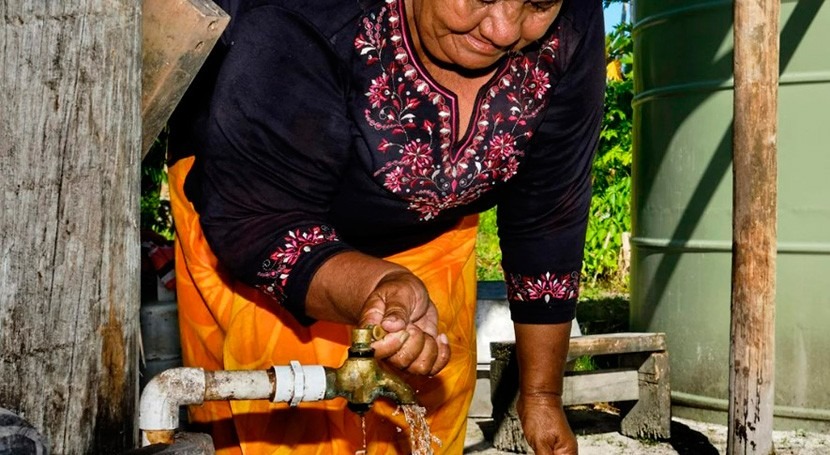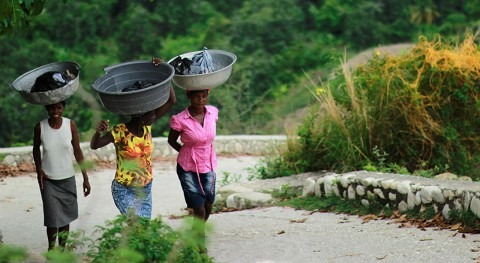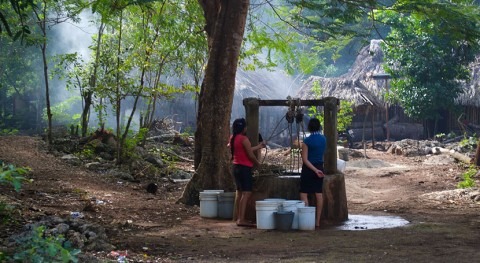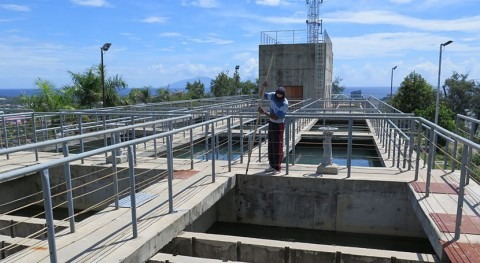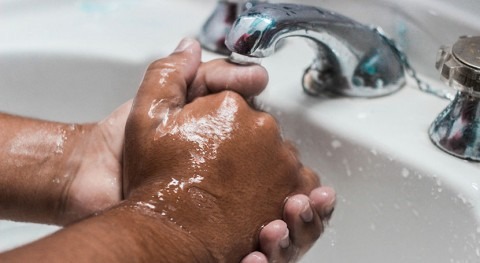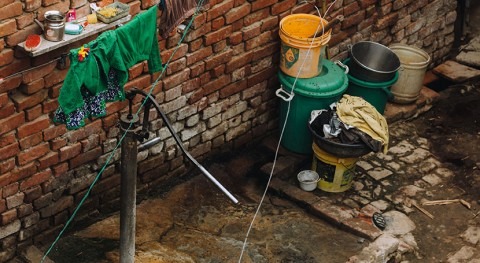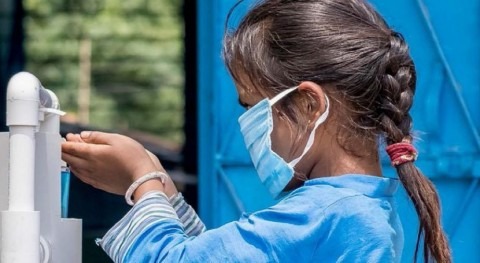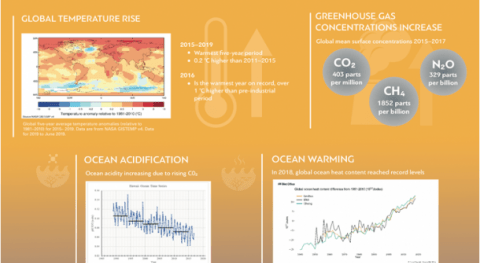Today, WHO has released guidelines and tools to improve small water supplies. The newly launched Guidelines for drinking water quality: small water supplies, and associated Sanitary inspection packages, aim to improve water quality, build more resilient service delivery, and combat disease surges in vulnerable and resource-constrained communities.
“Investing in small water supplies serves as a dual strategy: to effectively reduce the incidence of waterborne diseases as well as lower the overall expenses related to the prevention of illness and associated health care costs,” said Dr Maria Neira, Director, WHO’s Environment, Climate Change and Health Department. “Small supplies are especially susceptible to the impacts of climate change on water quality and quantity, adding urgency in our efforts to reach everyone with safely managed drinking-water.”
Although important progress has been made, 2.2 billion people still lacked access to safely managed drinking-water in 2022, the majority of whom live in rural areas, which are commonly served by small water supplies. Small water supplies often experience technical and resourcing challenges that impact their ability to deliver safe and reliable services. They are therefore more likely to experience deficiencies related to water safety, leading to water-related illnesses and adverse social and economic impacts. To overcome these challenges, small water supplies should be explicitly considered in policies and regulations.
Although important progress has been made, 2.2 billion people still lacked access to safely managed drinking-water in 2022, the majority of whom live in rural areas
Building on WHO's framework for safe drinking-water, the Guidelines provide six state-of-the-art recommendations on establishing drinking-water quality regulations and standards that are health based and context appropriate; on proactively managing risks through water safety planning and sanitary inspections; and on carrying out independent surveillance. These recommendations are derived from a comprehensive evidence review and proven best practices, and they are anchored in ten cross-cutting principles, such as prioritizing public health, adopting a risk-based approach and targeting progressive improvement.
Governments and other stakeholders worldwide are encouraged to adopt these recommendations to address small water supplies more effectively in policies, regulations and support programmes.
“Political will, risk-based regulation and increased investment have proven effective in scaling up access to safe drinking-water through small supplies,” said Bruce Gordon, Head of WHO's Water, Sanitation, Hygiene and Health Unit. “The Guidelines will further support and enhance the efforts of stakeholders at all levels to enhance the safety and sustainability of small water supplies.”
Building on WHO's 60-year history of shaping drinking-water quality standards, these publications aim to support and guide achievement of Sustainable Development Goal target 6.1, which focuses on safely managed drinking-water for everyone, everywhere, by 2030.


